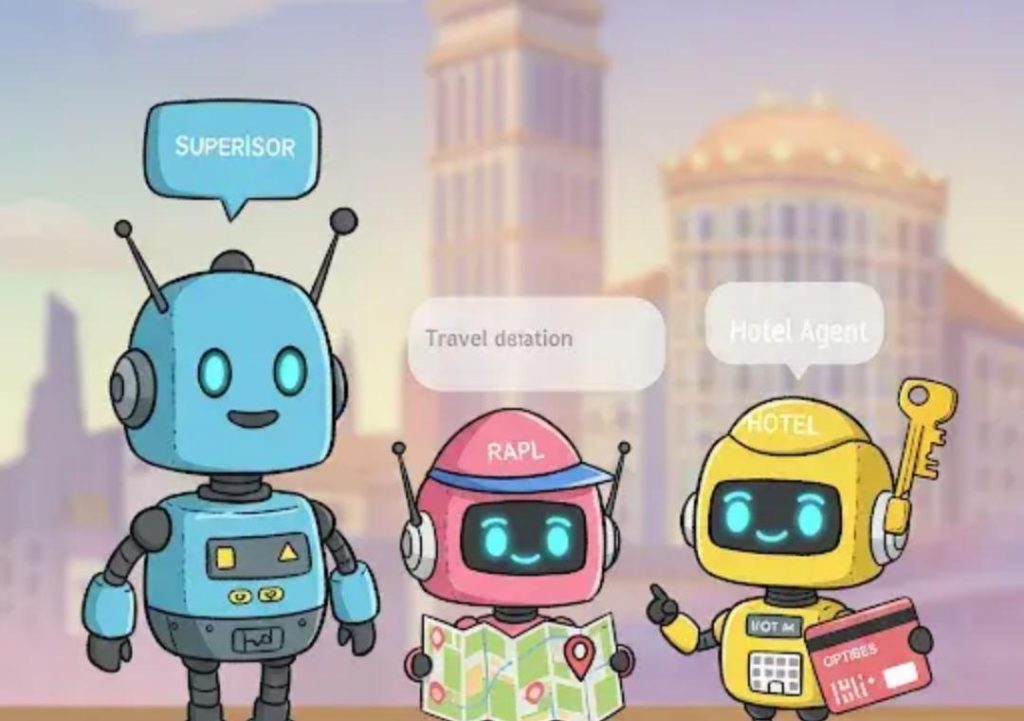
Multi-agent collaboration mimics real team dynamics
In the world of artificial intelligence, the traditional approach has been to rely on a single, all-knowing AI agent to tackle complex tasks. However, this approach has its limitations. What if we told you there’s a better way? A way that leverages the power of multiple agents working together, just like human teams do?
Enter multi-agent systems. These innovative solutions allow different agents to specialize, communicate, and collaborate across various tasks – such as research, validation, and reporting. This modular setup creates digital workflows that mirror human teamwork, but at machine speed and scale.
In this blog post, we’ll explore the benefits of multi-agent collaboration and how it can revolutionize the way we approach complex tasks.
The limitations of single-agent AI
While single-agent AI has made tremendous progress in recent years, it’s not without its limitations. For instance:
- Lack of expertise: A single agent may not possess the expertise or knowledge to tackle a complex task. It may require specialized knowledge or skills that are not within the agent’s capabilities.
- Limited scalability: As tasks become more complex, a single agent may struggle to handle the workload. This can lead to bottlenecks and decreased performance.
- Inflexibility: Single-agent AI is often designed to perform a specific task. If the task requirements change, the agent may need to be reprogrammed or even rebuilt from scratch.
The advantages of multi-agent collaboration
In contrast, multi-agent systems offer several advantages:
- Specialization: Each agent can specialize in a specific task or area of expertise, allowing them to perform tasks more efficiently and effectively.
- Scalability: With multiple agents working together, you can scale your system to handle complex tasks and large workloads.
- Flexibility: Agents can be easily added or removed from the system, allowing you to adapt to changing task requirements.
- Improved decision-making: Multi-agent systems can facilitate more informed decision-making by combining the insights and knowledge of multiple agents.
- Enhanced collaboration: Agents can communicate and collaborate with each other, allowing them to share knowledge, expertise, and resources.
Real-world applications of multi-agent collaboration
Multi-agent systems are being used in a variety of real-world applications, including:
- Autonomous vehicles: Multi-agent systems are being used to develop autonomous vehicles that can navigate complex environments and make decisions in real-time.
- Healthcare: Agents are being used to analyze medical data, diagnose diseases, and develop personalized treatment plans.
- Finance: Multi-agent systems are being used to trade stocks, analyze market trends, and make investment decisions.
- Manufacturing: Agents are being used to optimize production workflows, manage supply chains, and improve product quality.
Building multi-agent systems
So, how do you build a multi-agent system? Here are some key steps:
- Define the task: Clearly define the task or problem you want the agents to solve.
- Design the agents: Design each agent to specialize in a specific task or area of expertise.
- Develop the communication structure: Establish a communication structure that allows agents to share knowledge, expertise, and resources.
- Test and refine: Test the system and refine it as needed to ensure it’s working effectively.
Conclusion
Multi-agent collaboration is a powerful approach that can help you tackle complex tasks and problems. By leveraging the strengths of individual agents, you can create a system that’s more effective, efficient, and adaptable. Whether you’re working in autonomous vehicles, healthcare, finance, or manufacturing, multi-agent systems can help you achieve your goals.
Learn more
To learn more about building multi-agent systems and how to get started, check out our latest blog post on [News URL]: https://www.growthjockey.com/blogs/build-ai-agents
About the author
[Your Name] is a seasoned AI expert with a passion for innovative solutions. With a background in computer science and engineering, [Your Name] has worked on numerous AI projects and has a deep understanding of the latest trends and technologies in the field.
Source



